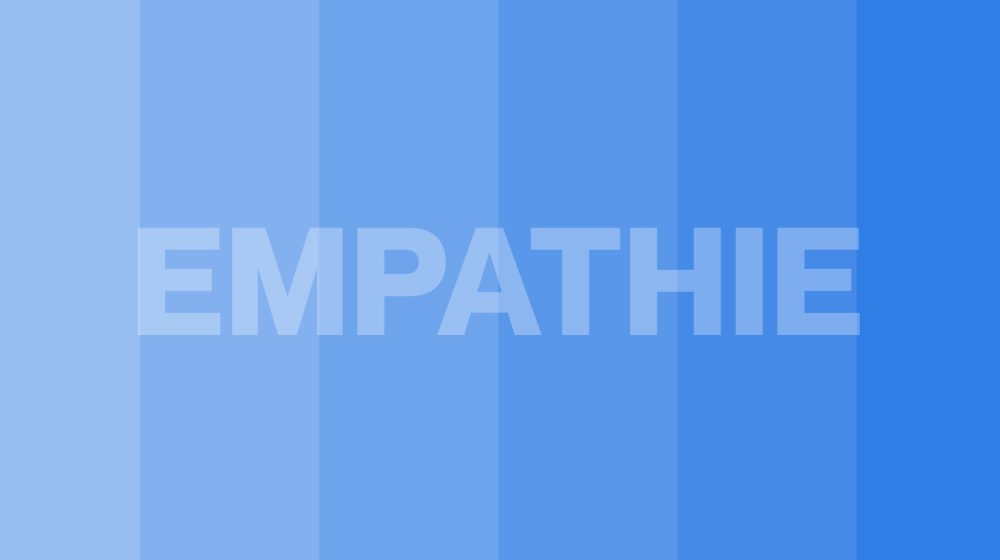As a child, you may have had an imaginary friend, too. Social media marketers have them too – only in this case they’re called buyer personas or audience personas.
Unlike your imaginary friend, however, these fantasy characters don’t exist just to scare your parents. They’re an incredibly helpful tool for targeting your ideal customer.
As a social marketer – or any marketer for that matter – it’s easy to get lost in the details of tracking the latest engagement rates and marketing campaigns. Buyer personas remind you to put your audience’s wants and needs above your own, and help you create content that better appeals to your ideal customers.
Definition
A buyer persona is a detailed description of a person who represents your target audience. This persona is fictional, but based on a thorough study of your existing or desired audience.
It can also be referred to as a Customer Persona, Audience Persona, or Marketing Persona.
You can’t get to know every customer or prospect individually. But you can create a Customer Persona that represents your customer base. (That said, since different types of customers buy your products for different reasons, you may need to create more than one buyer persona.)
You give this buyer persona a name, demographics, interests, and behavioral characteristics. You’ll understand their goals, their problems, and their buying patterns. You can even put a face to them by using photos or illustrations – because maybe putting a face to a name is important to your team.
Basically, you want to think and talk about this model client as if they were a real person. This way, you can create marketing messages that are tailored specifically to them.
Keeping your buyer persona (or personas) in mind keeps the voice and direction of everything consistent, from product development to your brand voice to the social channels you use.
Negative Buyer Persona
While a buyer persona is a reflection of your ideal customer, a negative – or “exclusionary” – persona is a reflection of those you don’t want as customers.
These could be professionals who are too advanced for your product or service, students who use your content for research and knowledge purposes only, or potential customers who are simply too expensive (due to a low average selling price, their propensity to churn, or the unlikelihood that they will buy from your company again).
You are currently viewing a placeholder content from YouTube. To access the actual content, click the button below. Please note that doing so will share data with third-party providers.
More InformationCreate guide
Your buyer persona shouldn’t just be someone you’d like to hang out with: It should be based on real data and strategic goals. Here you’ll learn how to create a fictional customer that perfectly matches your real brand.
Research
It’s time to dig deep. Who are your existing customers? Who is your social audience? Who are your competitors targeting? If you want to dig deeper into these concepts, check out our full guide to audience research, but in the meantime,…
Compile your audience data from your social media analytics (especially Facebook Audience Insights), your customer database, and Google Analytics to find out details like:
- Age
- Location
- Language
- Purchasing power and purchasing behavior
- Interests
- Challenges
- Life phase
- For B2B: The size of the companies and who makes the buying decisions
You should also know which social channels your target audience uses. Find out where they already spend time online with tools like Hootsuite Insights Powered by Brandwatch, Keyhole.co and Google Analytics.
You can also find out who your competitors are targeting with tools like Buzzsumo and Hootsuite’s Search Streams.
For more detailed strategies, check out our full post on competitive research with social tools.
Identify the goals and problems of your customers
Depending on the type of products and services you sell, your target audience’s goals may be personal or professional. What motivates your customers? What do they want to achieve?
The flip side of the coin is its pain points. What problems or difficulties are your potential customers trying to solve? What’s holding them back from success? What obstacles do they face in achieving their goals?
Your sales team and customer service department are a great way to find answers to these questions, but another important option is to listen to social media and analyze social media sentiment.
If you set up search streams to track mentions of your brand, products, and competitors, you can see what people are saying about you online in real time. That way, you can find out why they love your products or what parts of the customer experience aren’t working.
Understand how you can help
Now that you know your customers’ goals and problems, it’s time to think about how you can help them. This means that you don’t just think about the features, but also analyze the true benefits of your product or service.
A feature is what your product is or does. A benefit is how your product or service makes your customer’s life easier or better.
Think about what the main barriers to buying your product are and where your followers are in their buying journey. And then ask yourself: How can we help? Summarize the answer in one clear sentence.
Examples
The following are examples of B2B and B2C Buyer Personas respectively.
B2B
The image below is a B2B Buyer Persona for someone who works in HR. The persona paints a clear picture of the target customer’s problems and how the company can best meet those needs. In this case, they are HR recruitment tools that streamline processes, simplify recruitment, and help the HR department perform its tasks in a professional manner.

B2C
For this Buyer Persona, created by digital marketing agency Single Grain, we learn about Tommy Technology’s income and love life, as well as his career scarcity. A few quotes (either from real customers or made up) can help give voice to such a character.






